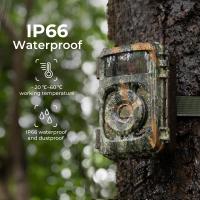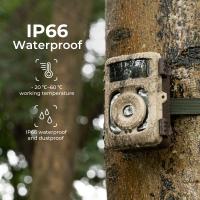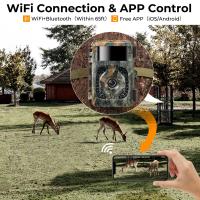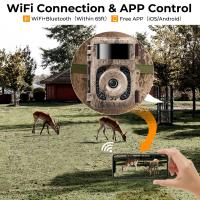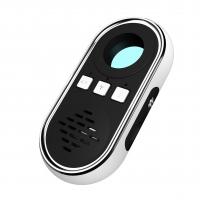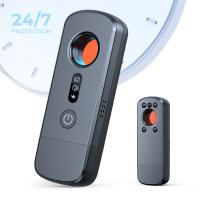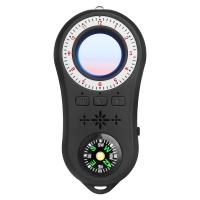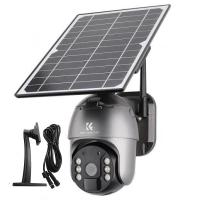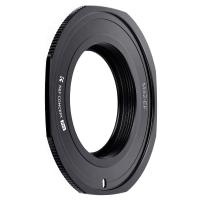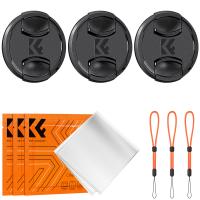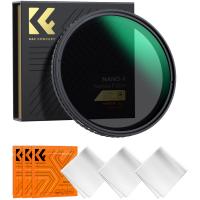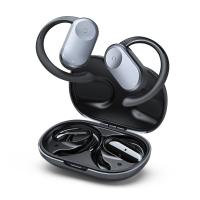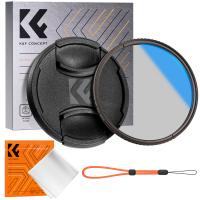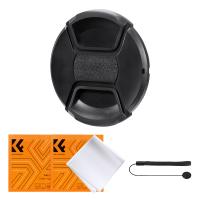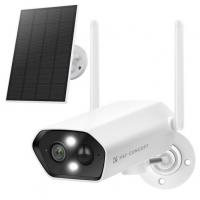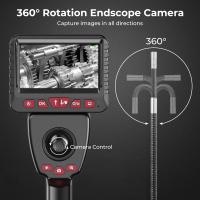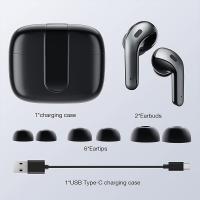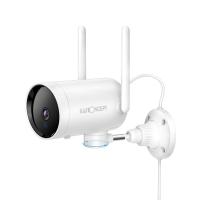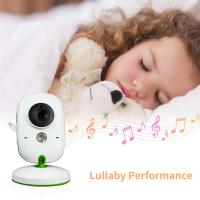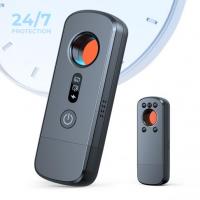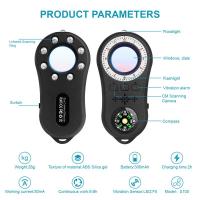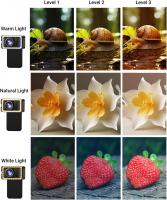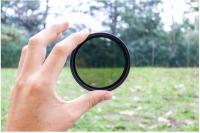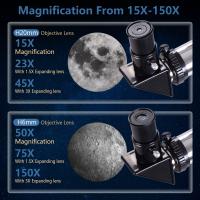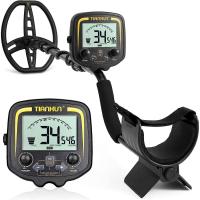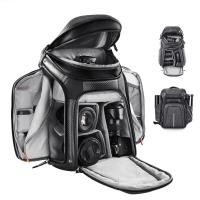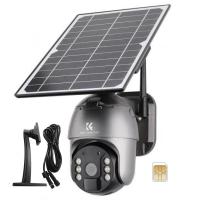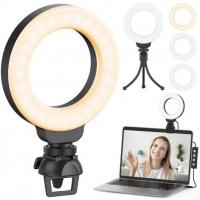Can Hidden Camera Have A Live Feed?
Exploring Live Feed Capabilities of Hidden Cameras
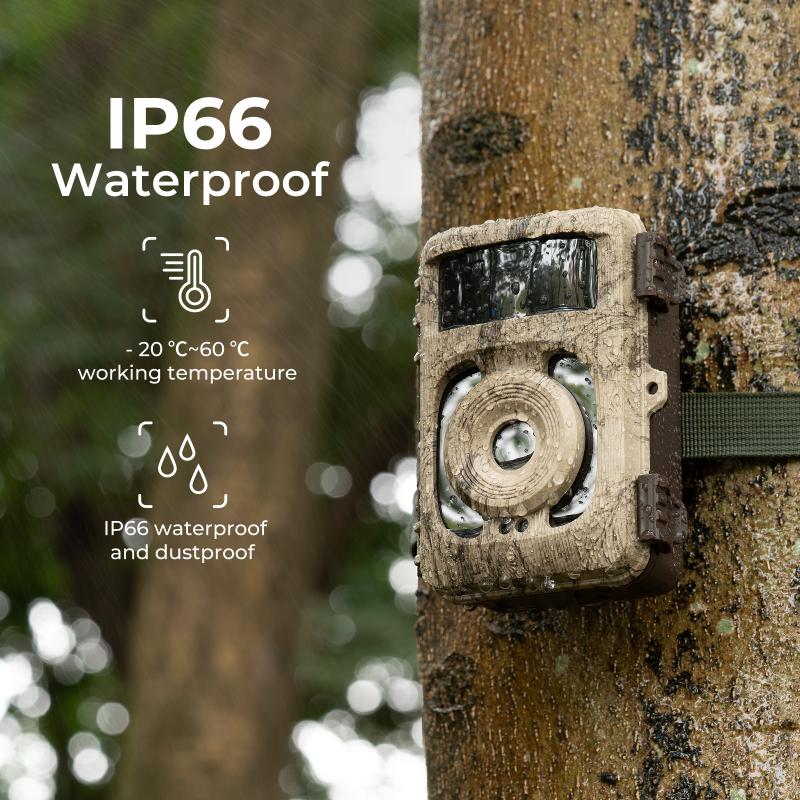
The advent of advanced technology has revolutionized surveillance and security systems, making hidden cameras increasingly versatile and accessible. One of the most sought-after features in hidden cameras is the ability to provide a live feed. This article delves into the possibilities, applications, technical requirements, and considerations surrounding live feed functionality in hidden cameras.
---
Understanding Hidden Cameras
Hidden cameras are compact, discreet surveillance devices designed to capture video or images without drawing attention. They are typically employed for security purposes, monitoring properties, workplaces, or personal spaces. Unlike traditional surveillance systems, hidden cameras are designed to blend seamlessly into their surroundings, masquerading as everyday objects like clocks, smoke detectors, or USB chargers.
The integration of live feed capability into hidden cameras marks a significant leap in their utility. With live streaming, users can view real-time footage, enabling immediate responses to events and enhancing situational awareness.
---
How Live Feed in Hidden Cameras Works
Hidden cameras with live feed functionality transmit video data to a receiver or a cloud-based server, which the user accesses via a compatible device such as a smartphone, tablet, or computer. Here’s an overview of the technical components that enable this feature:
1. Camera Module
Hidden cameras are equipped with high-resolution lenses and sensors capable of capturing detailed footage. Many modern devices also include infrared (IR) sensors for night vision.
2. Wireless Connectivity
Live feed cameras rely on Wi-Fi or cellular networks to transmit real-time data. Wi-Fi is the most common option, offering stable connectivity within a limited range, while cellular networks are ideal for remote locations.
3. Streaming Software
Proprietary or third-party applications allow users to access the live feed on their devices. These apps often provide additional features, including motion detection alerts, two-way communication, and recording options.
4. Power Supply
Live feed cameras require a consistent power source to function effectively. Options include rechargeable batteries, direct power from electrical outlets, or solar energy for outdoor setups.
---
Applications of Hidden Cameras with Live Feed
1. Home Security
Real-time monitoring helps homeowners keep an eye on their property, ensuring safety and deterring potential intruders. It is especially useful for tracking package deliveries, visitors, or unusual activity.
2. Child and Elder Care
Live feed cameras allow parents or caregivers to monitor children and elderly family members remotely. This ensures their safety and well-being, particularly when assistance is needed immediately.
3. Workplace Surveillance
Businesses often use hidden cameras to monitor employee activity, prevent theft, or ensure compliance with company policies.
4. Pet Monitoring
For pet owners, live feed cameras provide a way to check on their animals while away from home, ensuring their safety and behavior.
5. Outdoor Surveillance
Hidden cameras designed for outdoor use can monitor gardens, driveways, or other areas for potential trespassing or damage.
---
Benefits of Live Feed in Hidden Cameras
1. Real-Time Awareness
The most significant advantage is the ability to act immediately upon observing suspicious activity.
2. Convenience
Users can monitor their space remotely, eliminating the need for physical presence.
3. Evidence Collection
Live feed systems often include recording capabilities, providing invaluable evidence in the event of a security breach.
4. Customization
Many apps allow users to adjust settings such as resolution, recording schedules, and motion detection sensitivity, tailoring the system to specific needs.
---
Challenges and Limitations
While hidden cameras with live feed offer many advantages, they also come with certain challenges:
1. Network Dependence
Reliable Wi-Fi or cellular coverage is essential. Poor connectivity can result in delays, glitches, or loss of feed.
2. Power Consumption
Continuous streaming can drain battery-powered cameras quickly, requiring frequent recharging or replacement.
3. Privacy Concerns
Misuse of hidden cameras for unauthorized surveillance can lead to ethical and legal issues. Users must ensure compliance with local laws regarding the placement and usage of hidden cameras.
4. Cost
High-quality live feed cameras with advanced features can be expensive, making them less accessible to some users.
5. Security Risks
Internet-connected cameras are vulnerable to hacking if not properly secured. Strong passwords, regular software updates, and encryption are necessary to safeguard the system.
---
Choosing the Right Hidden Camera
Selecting a hidden camera with live feed functionality involves evaluating several factors:
1. Resolution
Higher resolution provides clearer footage but may require more bandwidth for streaming.
2. Connectivity Options
Determine whether Wi-Fi or cellular connectivity is better suited to your needs.
3. Power Source
Choose between battery-powered, wired, or solar-powered options depending on usage scenarios.
4. Field of View
A wider field of view captures more area, reducing blind spots.
5. Additional Features
Look for features like night vision, motion detection, two-way audio, and cloud storage.
---
Future Trends in Hidden Camera Technology
As technology advances, hidden cameras are expected to become even more versatile and user-friendly. Emerging trends include:
1. AI Integration
Artificial intelligence can enhance motion detection by distinguishing between humans, animals, and other objects, reducing false alarms.
2. Improved Battery Life
Innovations in battery technology may enable longer operational periods for wireless cameras.
3. Miniaturization
Cameras are becoming smaller without sacrificing functionality, making them easier to conceal.
4. Augmented Reality (AR) Monitoring
Future apps may integrate AR to provide users with contextual information about the monitored environment.
5. Enhanced Security
Advanced encryption and multi-factor authentication will likely become standard features to counter cybersecurity threats.
---
Ethical and Legal Considerations
When using hidden cameras, particularly with live feed capabilities, it is crucial to adhere to ethical and legal guidelines:
1. Transparency
Inform relevant parties (e.g., employees or family members) about the presence of cameras where applicable.
2. Avoiding Invasion of Privacy
Do not place cameras in private areas such as bathrooms or bedrooms unless explicitly permitted by law and consented to by the occupants.
3. Compliance with Local Laws
Familiarize yourself with regional regulations governing surveillance to avoid legal repercussions.
---
Practical Tips for Users
- Secure Your Camera: Regularly update firmware, use strong passwords, and enable encryption.
- Test Connectivity: Ensure stable network connections for uninterrupted streaming.
- Optimize Placement: Position cameras to cover critical areas without compromising concealment.
- Use Cloud Storage: Store recordings securely to prevent loss of important footage.
---
Hidden cameras with live feed capabilities offer unparalleled convenience, security, and peace of mind. However, their effective use demands careful consideration of technical, ethical, and legal aspects. By understanding the technology, evaluating options, and adhering to best practices, users can maximize the benefits of these devices while mitigating potential risks. As advancements continue, hidden cameras are poised to play an even greater role in enhancing safety and surveillance in both personal and professional settings.

